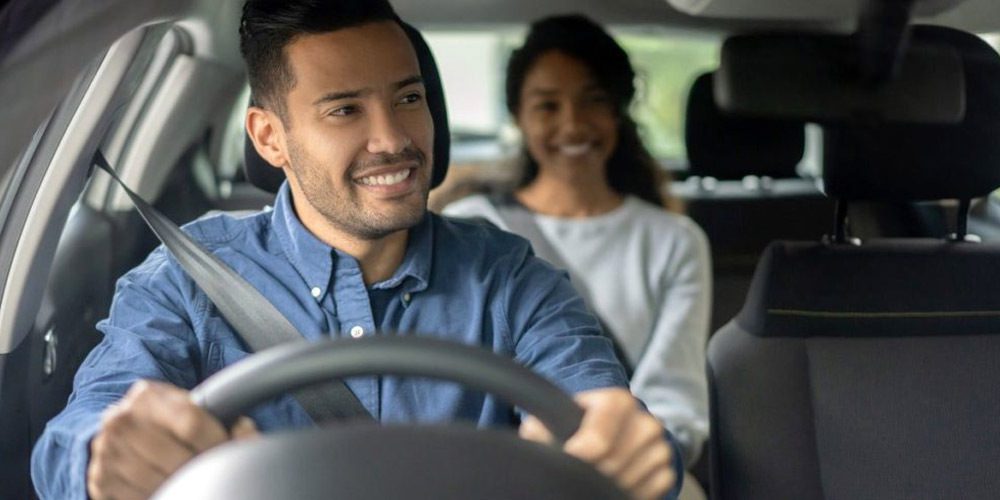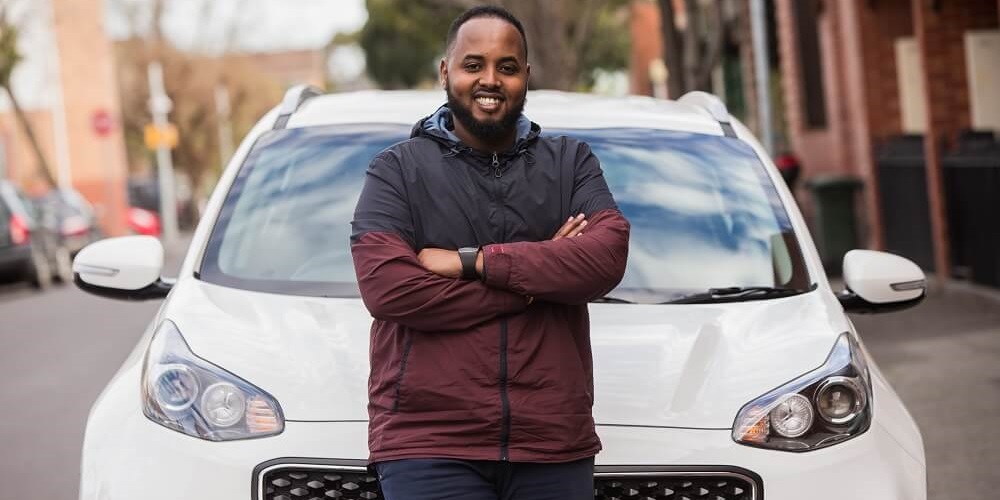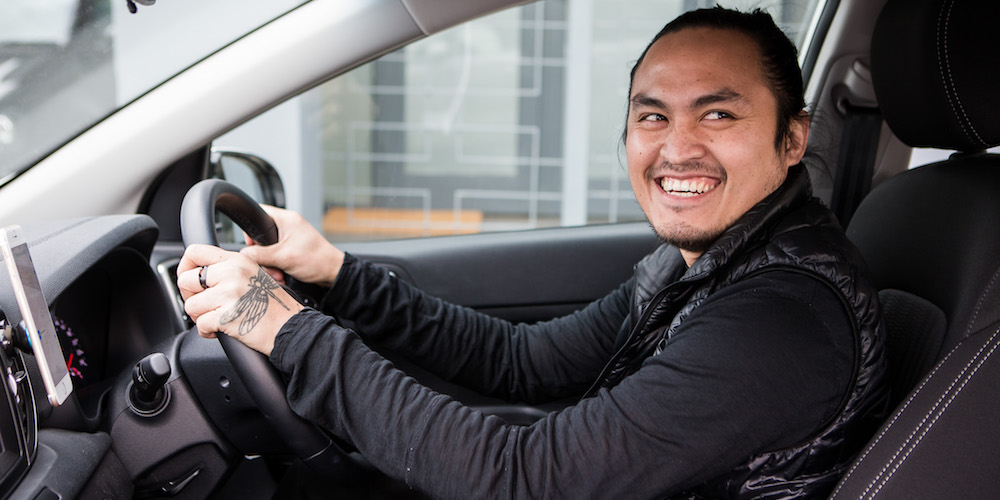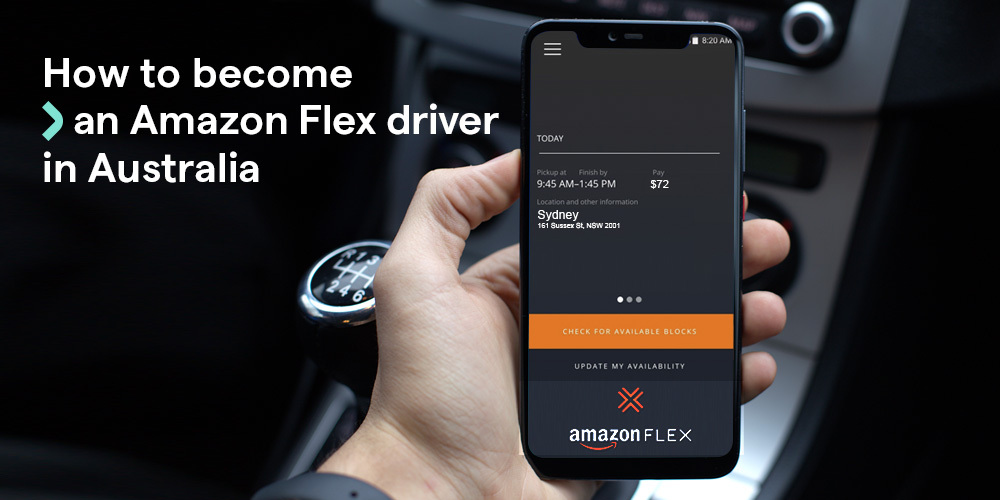EVs have come a long way in the past decade, constantly evolving in terms of battery capacity and charging speed. One of the biggest barriers we hear from customers looking to make the switch to an EV is charging and how this will work in their world. The EV charging infrastructure is constantly growing in Australia, making this process easier and more accessible. For rideshare drivers who mainly drive through metro areas, there is an increasing network of public charging stations to ensure you’ll never run out of juice.
I plan on charging my car mostly at home and then, depending on my trips and how my days turn out, I’ll use public charging stations. I love the fact that the car maps out all the charging stations for you, so it makes it even easier for me. Anthony – Splend customer and Polestar 2 driver
With a little bit of research, filling up your EV is easy, so here are four valuable tips to efficiently charge your electric car and protect its battery life.
1. The sweet spot for EV battery percentage isn’t 100%
Contrary to a combustion-engine car, where it doesn’t make any difference if the car is refuelled from empty to full, charging your EV from 0% to 100% isn’t good practice. Think about your EV kind of like your smartphone — your battery life can be affected if you charge it too much or let it drain to empty.

It’s best to stop charging your EV when it reaches 80% and not let it go below 20%. Your electric car consumes that extra 20% faster than usual, so try to stay within the 20%-80% limit. Don’t worry about occasionally charging your EV to 100% before long-distance journeys. This is reasonable and doesn’t have a significant impact on battery life.
2. Quickly top up on the road with a fast charger
New EV drivers might think they should completely fill up their EV every time they charge it. In fact, stopping for short top-ups using DC fast chargers is recommended. It gets you through the day, saves time, and is better for your battery life.

Using DC fast charging, also known as Level 3 charging, might be tempting since it can fully charge your electric car in 40 minutes. This practice can degrade your battery’s longevity. Therefore, EV specialists advise drivers to rely on this charger type for occasional quick top-ups rather than filling up their EVs.
Some newer EVs come with advanced technology to reduce the long-term impacts of frequently using DC rapid charging stations. For example, Polestar 2 Long Range’s fast charging technology allows you to get 10%-80% in just 35 minutes and preserve the battery life.
3. Charge your car overnight
We know how precious time is for rideshare drivers, so if you don’t feel like taking a charging break mid-day, you can fill up your electric car overnight.

EV manufacturers recommend using primarily AC slow chargers to keep battery life at its fullest. Overnight charging also comes with the benefit of leaving home with a fully charged EV in the morning.
If you’re not lucky enough to have a public charging point close to your residence, plugging your EV into your home standard wall socket will do the trick. Just make sure to have an electrician check it before using it for the first time, to rule out any potential risk.
The downside of using a home wall socket is the slower charging speed. According to the Australian Polestar team, it can take up to 36 hours to charge the Polestar 2 Long Range from 0 to 100% with a standard wall socket. However, as you don’t really need to fully charge your EV, charging for at least 8 hours overnight will give you enough juice for the day ahead.
4. Install an at-home charger
The best investment for rideshare drivers who switch to EVs is installing a dedicated charging station at home. Although you can use the regular wall sockets in your house for EV charging, this is a temporary solution since it’s very slow and might go against safety regulations.

The ideal EV charger for home use is a wallbox. This charger fills up your long-range EV such as the Polestar 2, in about eight hours, being perfect for overnight charging. It can easily be placed on a wall and connected to the wiring that’s already there or be mounted on a post. Its cost varies from $1000 to $3000, depending on its capacity.
TIP: If you’re renting your house or apartment, you can request to install a home charging unit via your strata management or ask your landlord.
This investment is worth every cent, the wallbox offers you convenience, comfort and lower charging rates. You shouldn’t worry about approvals — many strata and rental properties allow this, so ask yours today!
Splend and JET charge have an exclusive offer for rideshare drivers based in NSW who want to install a home charger. You can get the Pulsar range, a compact and minimalistic home charger, for a $33 subscription per month and a one-off installation fee.
About Splend
We enable people to make money by driving for on-demand apps such as Uber.
We’re more than a car subscription provider. In addition to new-model cars and all the essentials to start earning money with Uber as quickly as possible, our customers enjoy driver training and dedicated support, as well as customer benefits such as partner discounts and exclusive events.
For more information about Splend, make an appointment and drop by to your local Splend Hub, email us, or say hello on 1800 775 363.






